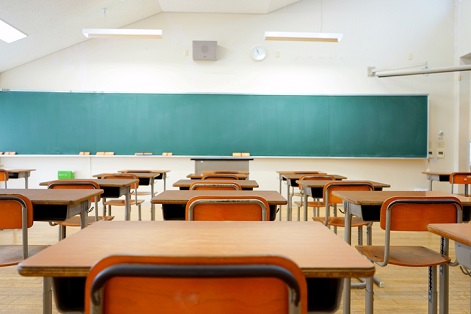
The latest report from the Brookings Institute shows that while innovative practices in schools around the world are showing great results, governments are still searching for a superior ‘one-size-fits-all’ education model.
The report – titled: ‘Can We Leapfrog? The Potential of Education Innovations to Rapidly Accelerate Progress’ – examined 3,000 education innovations around the world and their impact on teaching and learning.
The researchers found that instead of trying to find a single system that trumps them all, governments should instead consider developing a system of different school models that provide opportunities for flexibility.
Below, the Brookings Institute outlines three reasons why this could be a good idea.
Reason 1: Different students have different needs
By pursuing a system of schools, governments can tailor individual schools to meet the needs of different sets of students. Students learn best when their learning is adapted to their context. UNESCO reports that “inadequate understanding of the development context of an education system is a fundamental cause of its irrelevance to geographical and temporal development contexts, its irrelevance to individual and collective development needs, its ineffectiveness for purpose and therefore its poor quality.” In the name of equality, a uniform education system ends up systematically underserving a portion of the population, typically the least advantaged.
Reason 2: A diversified portfolio of schools is better equipped to deal with an uncertain future
Anyone familiar with basic finance knows that the key to successfully lowering the risk of your portfolio is to diversify it. In discussions on how to prepare students for an unpredictable future, we keep hearing “don’t prepare students for something; prepare them for anything.” We would argue the same thing holds true for school systems: don’t design school systems for something; design them for anything. In an era of personalized learning, we wonder whether we can consider personalized schooling as the possible next step forward. A system of schools with diverse options should logically be much more resilient and capable of coping with uncertainty.
Reason 3: A systems of schools would allow for more experimentation and innovation
For education innovations to live up to their potential of leapfrogging educational progress, governments need to embrace innovations and find ways to incorporate them into education systems. As the Brookings report points out: “By adding an expanding set of options for how to approach education, governments can open up fruitful avenues for leaping ahead that perhaps were closed before.” Increasingly, education stakeholders are calling for a flexible, resilient, and innovative education ecosystem, as highlighted in the Millions Learning report by Brookings and in the Learning Generation report by the Education Commission. We believe that in order to have this ecosystem, we need to leave the one-size-fits-all school system behind and embrace a system of schools with diverse co-existing schools like KIPP and Sudbury Valley, as well as schools focused on arts or Science, Technology, Engineering and Mathematics (STEM) – all putting the student at the center and following centrally agreed upon standards.


